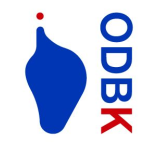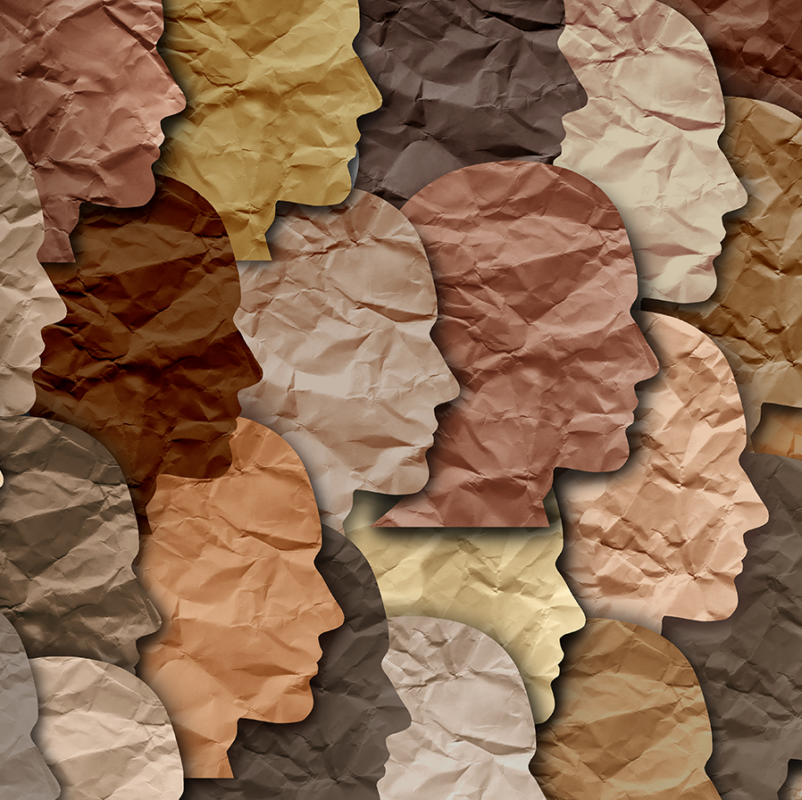By Julie Krejčí
On February 22, Museum Hue in partnership with Hester Street has taken a massive
step forward towards inclusion and recognition of art by black, indigenous and all people of
color as they launch of the HueArts New York State (NYS) interactive map and directory.
The map includes 130 art entries all throughout Central New York, Finger Lakes, Long
Island, Mid-Hudson, Mohawk Valley, North country, Southern Tier, and Western New York
regions. As the majority of focus is placed on New York City, it’s refreshing (and much
needed) to see an initiative beyond a major city. New York state has a wide variety of
citizens, with cultural practices from African American, Latine, Asian, Pacific Islander, and
Middle Easter communities, all of which are rooted in a long history within the United States.
They enrich the cultural pot that is New York State and ought to be seen and supported. An
initiative which spreads beyond the city allows people of all economic, social backgrounds to
come in contact with BIPOC art and artists, providing exposure to those, whose practices
have not always been included in the art world.
Not only is this a step towards inclusion, but rather it shifts the spotlight to BIPOC art
and artists, while simultaneously educating its visitors about the experiences and challenges
of BIPOC art entries. Furthermore, “Brown Paper,” published by HueArts NYS precisely
outlines these struggles as well as a call to policymakers for greater state funding for the
artists themselves. As the report includes 20 specific research-based recommendations to help
BIPOC artists, it provides a concrete solution to the inequalities within the art world. The
Brown Paper Report includes funding and finance, staffing and professional development,
physical space and built environment, advocacy and community building as well as
recognizing the value of the organizers. We can see the results of such recommendations in
the Building HueSpaces project, in cooperation with the American Institute of Architects,
which provides a center for tools and recourses as well as physical spaces for BIPOC artists.
Personally, I am so thrilled to hear about an initiative like this, which spreads beyond
cities. Often, it seems as if “where the action happens” is only in urban environments,
however, rural areas have as much history and people that can shape the art world. The
combination of the digital map along with the Brown Paper Report gives the much-needed
recognition to BIPOC artists while simultaneously urging the policymakers to take action
with direct and clear recommendations. Hopefully the initiative by HueArts will inspire and
provide guidance to other states in the United States as well as countries all around to the
world to take similar action.
Source:
https://hesterstreet.org/huearts-new-york-state-
launches/?utm_source=rss&utm_medium=rss&utm_campaign=huearts-new-york-state-
launches

